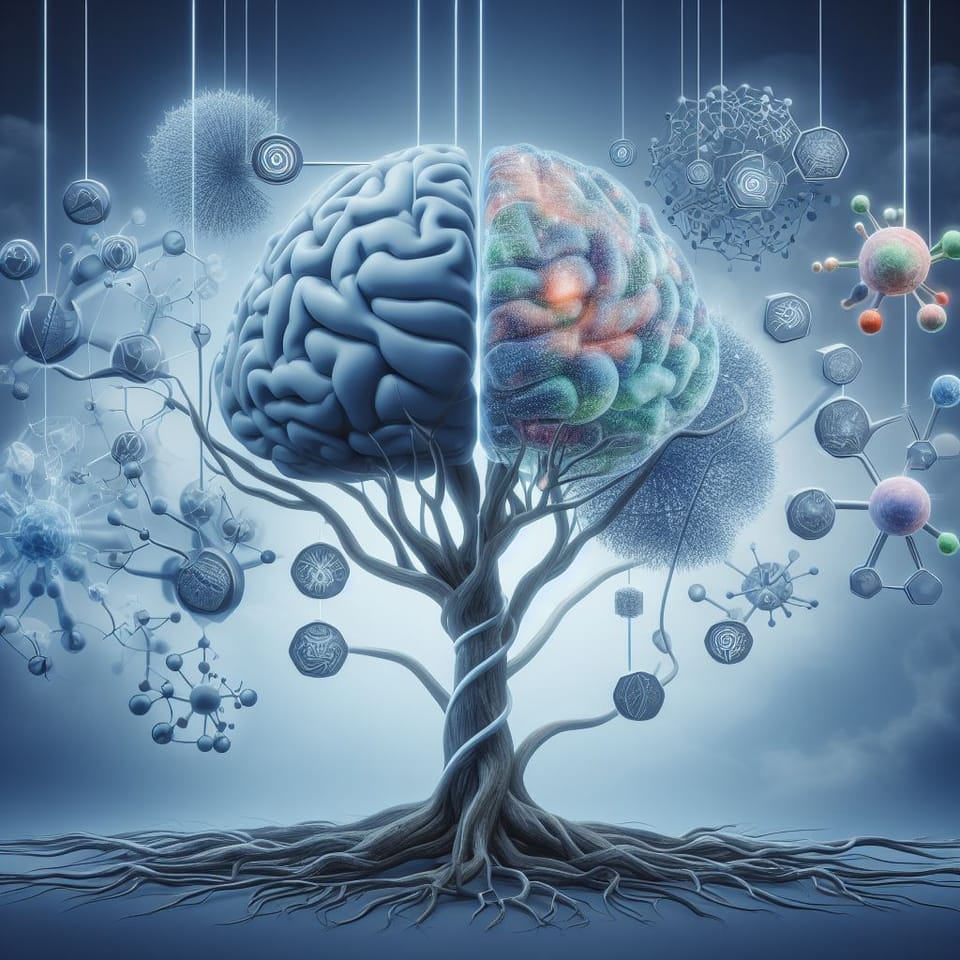From Deep Brain Stimulation to Translational Neuroimaging

Hey Neurons! This week, I'd like to offer you some recommendations for articles to read and lectures to watch during your winter holidays. This way, you can delve deeper into neuroscience and broaden your understanding of the brain 🧠.
📚 Something to read
📚 Paper - Stanford Medicine’s top scientific advancements of 2023
The compilation from Stanford Medicine presents the top articles of 2023. I recommend any student intrigued by neuroscience and medicine to explore these articles. Of particular interest is 'Brain Implants Revive Cognitive Abilities Long After Traumatic Brain Injury,' detailing how Stanford Medicine researchers devised a personalized deep brain stimulation technique, enhancing cognitive functions post-injury. This method, gaining attention for its medication-free alteration of brain functioning, has also shown promise in experimental treatments for psychiatric disorders like depression, as highlighted in the article 'How Deep Brain Stimulation Helps Severe Depression.' While still in its early stages, optimizing this technology for individuals holds significant potential for aiding patients with severe brain disorders.
👀 Something to watch
👀 Lecture - Multi-species translational neuroimaging strategies in psychiatry - Mallar Chakravarty
Professor Mallar Chakravarty's presentation covers an array of topics in neuroscience, brain imaging, and psychiatric disorders. It sheds light on the brain variations seen in disorders such as autism and schizophrenia. These conditions are a challenge in distinguishing them at a group level due to heterogeneity, making it difficult to identify consistent anatomical differences among affected individuals. Currently, there's an effort to comprehend typical brain development, aiming to create "Brain Charts" that outline 'normal' growth and deviations from this pattern. The objective of this research is to enhance our understanding of pathology and facilitate personalized treatment recommendations.
Personally, I find Prof. Chakravarty's presentations super interesting as he explains complex subjects in a comprehensible manner. Moreover, he delves into the existing gaps in scientific investigations and takes an interdisciplinary approach, combining neuroscience, neuroimaging, drug discovery, and behavior—an approach that I highly admire.
🎧 Something to listen
🎧 Podcast - How To Make 2024 Your Most Productive Year Yet
Personally, I thoroughly enjoy taking time at the year's end to reflect on how my year unfolded and to set my goals for the upcoming year. I consistently find that tuning into podcasts covering this topic helps me align my mindset and gain insights into what others are focused on.
💻 Something to code
💻 Nichart - https://neuroimagingchart.com/quickstart/
💪 New Opportunities
💪 TReND-CaMinA: Computational Neuroscience and Machine learning in Africa
An amazing opportunity to study neuroscience through the TReND-CaMinA program in July 2024 at CMU-Africa, Kigali. This initiative offers African students and researchers a chance to delve into computational neuroscience and machine learning basics, along with hands-on data analysis by the Allen Institute—all completely free of cost.
👩💻 Weekly Quote - “While there may be no natural cut point between people with addiction and the rest of humanity, the fact of a continuum does not mean we cannot discern one state from another. There is a philosophical problem called the paradox of the heap: If a heap of sand is taken apart one grain at a time, at what point does it stop becoming a heap? There is no natural dividing line in that”
― Carl Erik Fisher The Urge: Our History Of Addiction